
Winter energy bills can climb quickly, especially when your home’s heating system is working harder than it should. Many homeowners do not realize how much performance can drop when a furnace is clogged, poorly tuned, or overdue for inspection. In the middle of this conversation, Furnace Service Sierra Vista AZ stands out as a reminder that maintenance is not just optional—it is a major part of home efficiency. When professionals clean components, test airflow, and identify hidden issues, your system operates more smoothly and uses less energy to maintain warmth. If you want a more comfortable winter without unnecessary costs, understanding the value of proper furnace care is the first step.
Cleaner Burn and Better Airflow

Dust and combustion residue slowly accumulate inside a furnace, so most homeowners do not notice performance declines until the heat output feels sluggish. A professional cleaning clears those deposits at their source, which means the system does not strain to push warmth through ducts already fighting for space. Clean burners operate with smoother ignition and more consistent flames, allowing heating cycles to shorten rather than drag throughout the day. The result is steadier warmth without that blast of air followed by sudden silence. Balanced airflow also improves filter performance because air moves freely, rather than hitting clogged resistance that forces the system to overwork.
Reduced Energy Waste
A furnace that runs longer than necessary is not always failing; it is often compensating for ignored maintenance. Loose parts, worn belts, and aging igniters stretch heating time even if the thermostat setting remains unchanged. Technicians quickly pinpoint these subtle drains, tune the system, and seal small inefficiencies before they become costly replacements. That attention stabilizes fuel use and prevents dramatic spikes once temperatures drop. A well-serviced furnace can maintain comfort with shorter cycles, keeping monthly expenses predictable rather than a December surprise. Winter efficiency is less about stronger heat and more about heat that runs without waste.
Improved Safety and Reliability
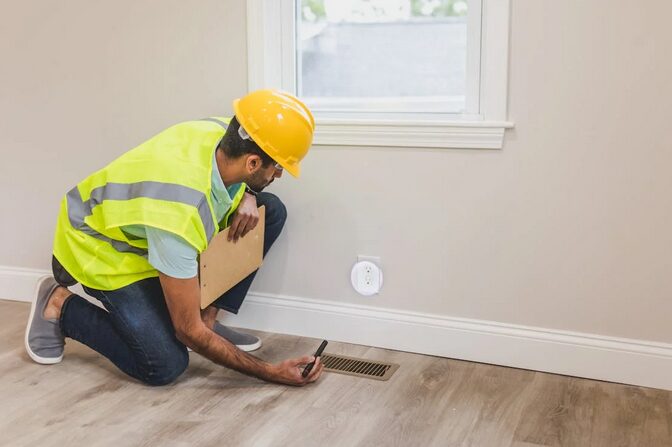
Even minor furnace issues can escalate under heavy winter demand. Gas furnaces rely on safe ignition, proper venting, and clear exhaust lines, and a seasonal inspection confirms that these elements function without hidden risk. Detecting early signs of carbon monoxide leaks, blocked flues, or aging sensors protects both comfort and safety before the long indoor season begins. Reliability is a quiet benefit because a furnace that stays on without sudden shutdowns preserves both warmth and peace of mind. With stable performance, winter evenings feel relaxed instead of filled with thermostat checks and system resets.
Winter efficiency depends on more than turning the heat up. Professional servicing keeps fuel use steady, airflow clean, and safety mechanisms functioning without strain. By clearing residue, tightening worn components, and improving combustion, technicians help your furnace deliver warmth reliably and smoothly long after temperatures drop. With fewer outages and less waste, your home stays consistently comfortable all season, without the shock of soaring bills or late-night breakdowns.




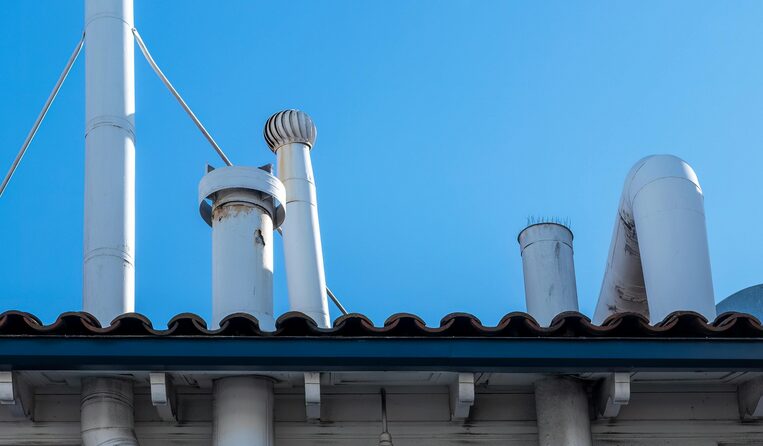
 Solar ventilators harness the power of the sun to provide a continuous flow of fresh air in your home. They operate silently and efficiently, requiring no electricity from your grid. This means savings on energy bills right from installation. Installation is often straightforward since many models come with easy-to-follow guidelines. Their low-profile design also ensures they blend seamlessly with most roofing styles. These systems are environmentally friendly, making them an excellent choice for eco-conscious homeowners. By reducing indoor temperatures during hot months, solar ventilators help ease the strain on air conditioning units.
Solar ventilators harness the power of the sun to provide a continuous flow of fresh air in your home. They operate silently and efficiently, requiring no electricity from your grid. This means savings on energy bills right from installation. Installation is often straightforward since many models come with easy-to-follow guidelines. Their low-profile design also ensures they blend seamlessly with most roofing styles. These systems are environmentally friendly, making them an excellent choice for eco-conscious homeowners. By reducing indoor temperatures during hot months, solar ventilators help ease the strain on air conditioning units.
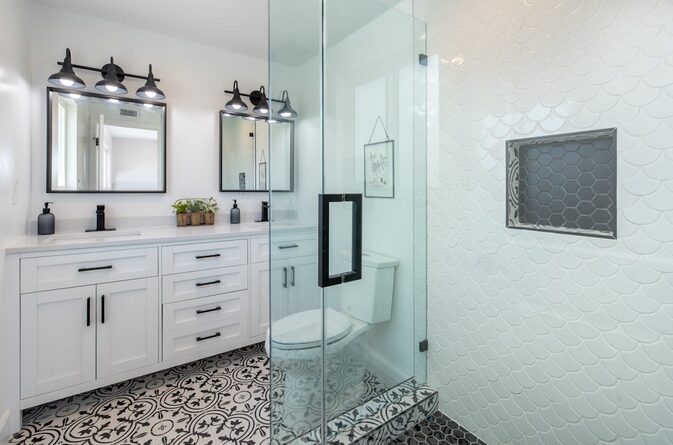
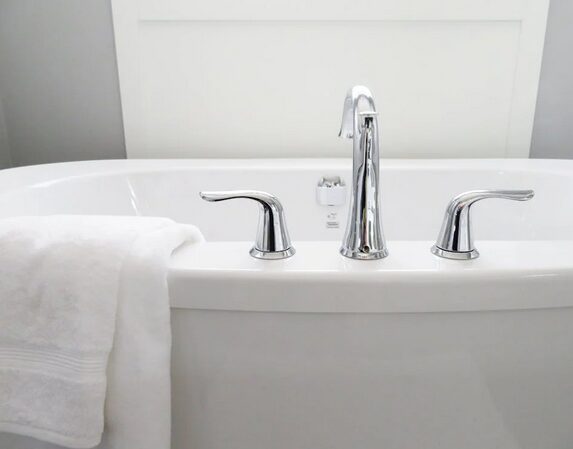


 Every home has its secrets, and not all of them are charming. Some issues lurk beneath the surface, waiting for the right moment to emerge. A regular inspection helps uncover these hidden problems before they escalate. Damaged locks is the most common problem. It is essential to address it immediately. Fast and Reliable Austin Locksmith Services is just a phone call away. These experienced professionals can quickly identify the root cause of the issue and repair it to ensure your home remains secure. Aside from that, water damage is one common culprit that often goes unnoticed until it’s too late.
Every home has its secrets, and not all of them are charming. Some issues lurk beneath the surface, waiting for the right moment to emerge. A regular inspection helps uncover these hidden problems before they escalate. Damaged locks is the most common problem. It is essential to address it immediately. Fast and Reliable Austin Locksmith Services is just a phone call away. These experienced professionals can quickly identify the root cause of the issue and repair it to ensure your home remains secure. Aside from that, water damage is one common culprit that often goes unnoticed until it’s too late.
 When it comes to selling your home, first impressions matter. A well-maintained property attracts potential buyers. Regular inspections ensure that everything is in top shape. Buyers are often willing to pay a premium for homes that show signs of care and attention. They can spot issues from a distance, and knowing you’ve invested in upkeep gives them confidence. An inspector’s clean bill of health can be a powerful selling point. It demonstrates transparency and builds trust between you and prospective buyers. Regular home inspections are an essential part of responsible homeownership.
When it comes to selling your home, first impressions matter. A well-maintained property attracts potential buyers. Regular inspections ensure that everything is in top shape. Buyers are often willing to pay a premium for homes that show signs of care and attention. They can spot issues from a distance, and knowing you’ve invested in upkeep gives them confidence. An inspector’s clean bill of health can be a powerful selling point. It demonstrates transparency and builds trust between you and prospective buyers. Regular home inspections are an essential part of responsible homeownership.






 The first thing on your checklist after moving into a new house should be changing the locks. No matter how security conscious the previous owners were, it’s always best to be extra safe and install new locks on all exterior doors. This will give you peace of mind that your home is secure and no one else has access to your property other than yourself and your family. You can now call residential locksmiths, and they can come in and change the locks for you. But be sure to hire the best locksmiths to ensure you are getting good quality locks that will last a long time. If you want it to be replaced or repaired, you should consider checking out the Lock Repair Locksmith Serrurier Montreal.
The first thing on your checklist after moving into a new house should be changing the locks. No matter how security conscious the previous owners were, it’s always best to be extra safe and install new locks on all exterior doors. This will give you peace of mind that your home is secure and no one else has access to your property other than yourself and your family. You can now call residential locksmiths, and they can come in and change the locks for you. But be sure to hire the best locksmiths to ensure you are getting good quality locks that will last a long time. If you want it to be replaced or repaired, you should consider checking out the Lock Repair Locksmith Serrurier Montreal. The second thing on your checklist after moving into a
The second thing on your checklist after moving into a  The fourth thing on your checklist after moving into a new home should be to replace the air filters. This will help keep your indoor air clean and reduce the presence of dust in your home. Additionally, replacing the air filters regularly can also help extend the lifespan of your HVAC system. If you have a house member that is prone to allergies, replacing the air filters is essential to help prevent any allergic reactions. This way, you do not have to worry about any family member having allergies due to dusty air.
The fourth thing on your checklist after moving into a new home should be to replace the air filters. This will help keep your indoor air clean and reduce the presence of dust in your home. Additionally, replacing the air filters regularly can also help extend the lifespan of your HVAC system. If you have a house member that is prone to allergies, replacing the air filters is essential to help prevent any allergic reactions. This way, you do not have to worry about any family member having allergies due to dusty air.


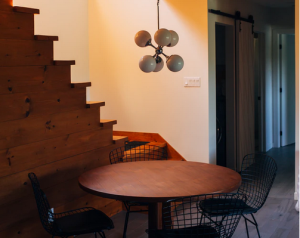 Among the many benefits associated with homes that have a basement is that they provide extra space. A basement will be crucial in times where you need extra space to store certain items.
Among the many benefits associated with homes that have a basement is that they provide extra space. A basement will be crucial in times where you need extra space to store certain items.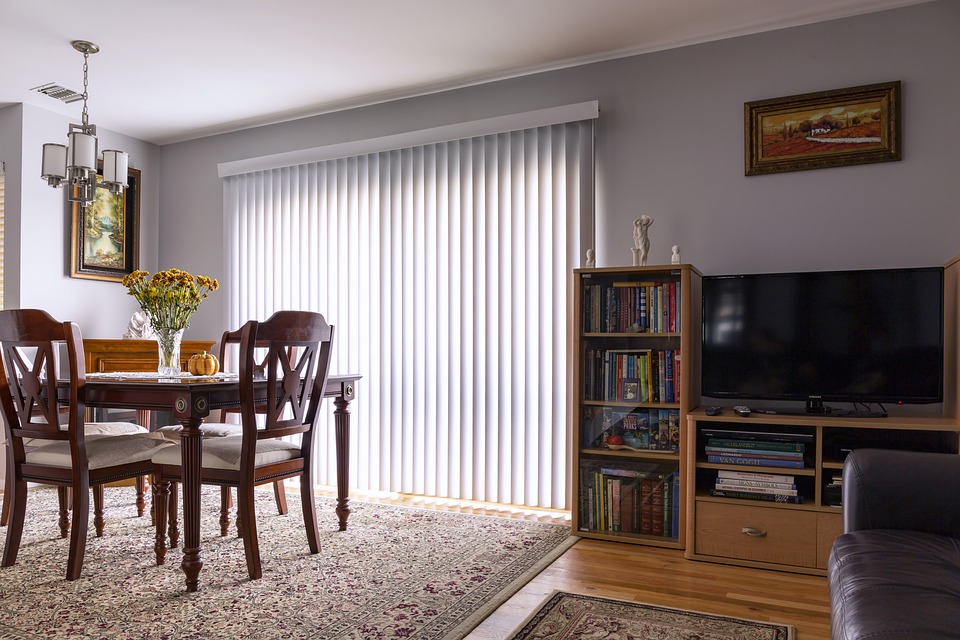




 Installation of a safety switch helps to monitor the electricity flow in your home through a circuit. The circuit breaks the power supply in case more current is being passed at once which is more than the prescribed limits.
Installation of a safety switch helps to monitor the electricity flow in your home through a circuit. The circuit breaks the power supply in case more current is being passed at once which is more than the prescribed limits.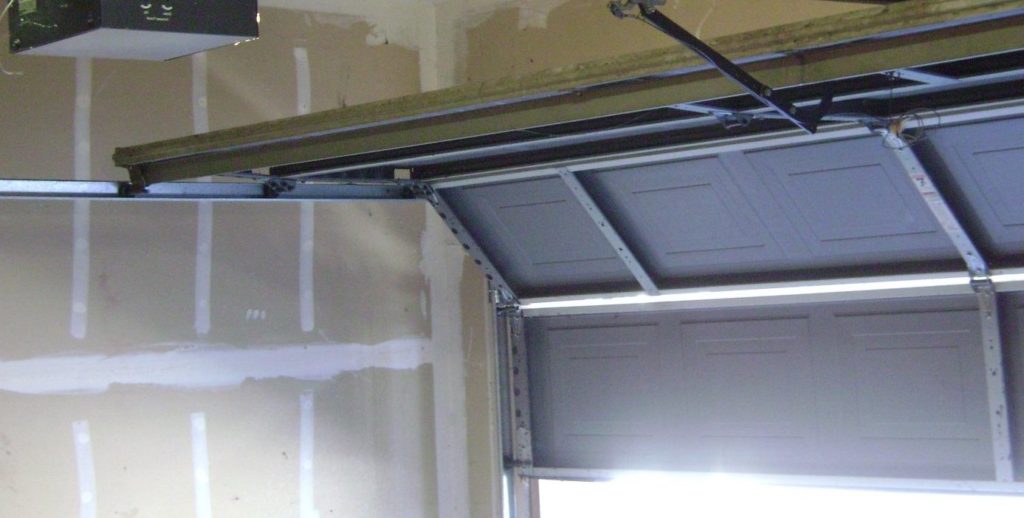

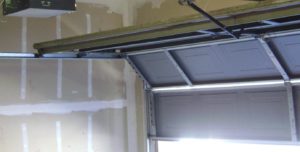 One thing to remember that proper maintenance will be the best to avoid any unforeseen breakdowns. You can even get a repair company to do regular check ups and maintenance for your garage door. Especially if you have one that has more moving parts and is electrically operated. The manual doors may be more robust, but they require you to get out of your car and open them. However, the remote controlled doors are convenient and can help you drive straight into the garage and close the door behind you.
One thing to remember that proper maintenance will be the best to avoid any unforeseen breakdowns. You can even get a repair company to do regular check ups and maintenance for your garage door. Especially if you have one that has more moving parts and is electrically operated. The manual doors may be more robust, but they require you to get out of your car and open them. However, the remote controlled doors are convenient and can help you drive straight into the garage and close the door behind you.

 There are some plumbing issues like burst pipes that you just cannot handle by yourself. You will need to contact a reputable plumbing company so that they can come over immediately and solve the problem.
There are some plumbing issues like burst pipes that you just cannot handle by yourself. You will need to contact a reputable plumbing company so that they can come over immediately and solve the problem.